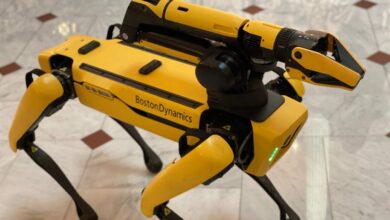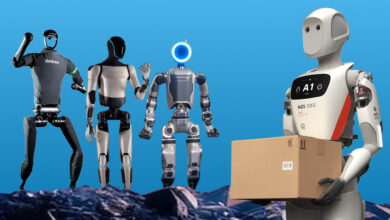What are the Latest Innovations in the Surgical Robotics Market?


This article explores the latest advancements in surgical robotics, including robotic arms, artificial intelligence, and machine learning, to improve patient outcomes and examine the potential applications of these technologies in the healthcare industry.
Fremont, CA: Surgical robotics is revolutionizing the healthcare industry by improving accuracy, reducing invasiveness, and transforming surgical techniques. The market for surgical robotics is constantly evolving, with innovative advancements reshaping the realm of medical procedures.
Some of the trends that transform the surgical robotics landscape may include:
Rise of Minimally Invasive Surgeries:
The emergence of surgical robotics has driven the advancement of minimally invasive surgeries (MIS). With the help of robotic-assisted systems, surgeons can carry out intricate procedures through small incisions, ensuring improved accuracy and command. This shift revolutionizes conventional surgical methods, resulting in faster recovery periods, decreased postoperative discomfort, and reduced scarring. The growing need for minimally invasive techniques is a crucial factor in expanding the surgical robotics industry.
Integration of Artificial Intelligence (AI):
Artificial intelligence plays a crucial role in the advancement of surgical robotics. AI algorithms improve robotic systems by providing sophisticated features like image recognition, real-time data analysis, and predictive modeling. This development allows surgical robots to adjust to changing circumstances, automate routine tasks, and gain knowledge from past surgical procedures. Incorporating AI helps enhance surgical results and establishes robotic surgery as a leader in personalized and adaptable healthcare.
Expanding Applications in Various Specialties:
The utilization of surgical robotics is broadening across different medical disciplines, surpassing the initial emphasis on urology and gynecology. Orthopedic, cardiovascular, and general surgeries are experiencing a growing acceptance of robotic-assisted systems. With the progression of technology, surgical robots are being personalized to meet the specific needs of each specialty, demonstrating the flexibility and versatility of robotic surgery in various medical domains.
Enhanced Haptic Feedback and Sensory Perception:
Advancements in haptic feedback and sensory perception enhance the surgeons’ experience during robotic procedures. Through advanced robotic systems, surgeons can now experience a sense of touch and depth perception, similar to traditional surgery’s tactile sensations. This emerging trend addresses a long-standing limitation of surgical robotics and creates a more intuitive and immersive surgical environment, ultimately leading to improved precision and control.
Telepresence and Remote Surgery:
Telepresence technologies enable surgeons to perform procedures from a distance using robotic-assisted systems. This phenomenon is crucial in connecting geographical divides, empowering skilled surgeons to offer expertise across vast distances. The capability to conduct surgeries remotely improves the accessibility of specialized medical care, making surgical proficiency accessible in underserved or remote areas.



